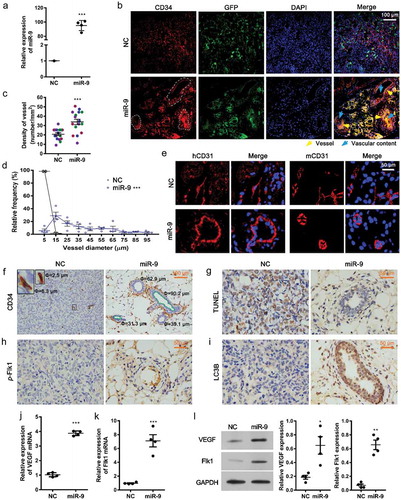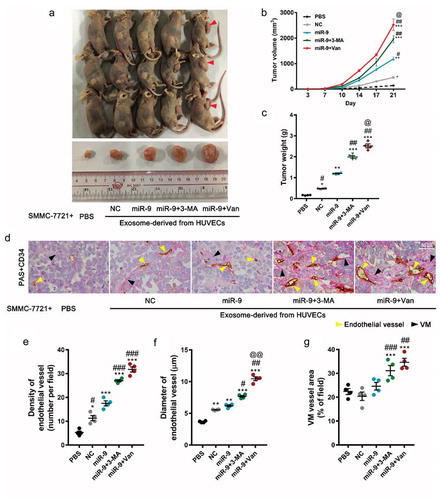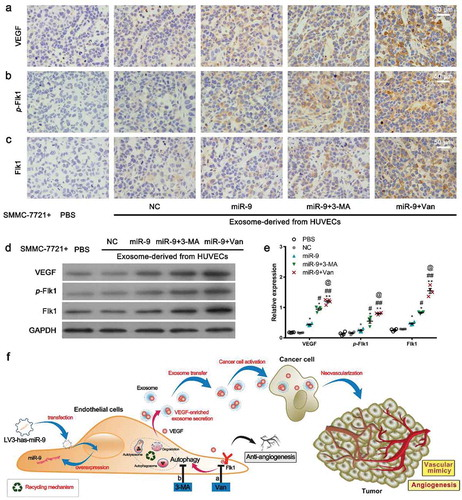
Ye Zeng and his research group of Biomedical Engineering Laboratory, West China School of Basic Medical Sciences and Forensic Medicine, have made a breakthrough in the research of tumor vasculogenesis. Their research findings are published under the title “Anti-angiogenesis triggers exosomes release from endothelial cells to promote tumor vasculogenesis” in Journal of Extracellular Vesicles of the International Society for Extracellular Vesicles ( ISEV ). The first author of this research paper is Ye Zeng, an associate research fellow, and the corresponding authors are Ye Zeng and Professor Bingmei M. Fu of the City University of New York. SCU West China School of Basic Medical Sciences and Forensic Medicine is the first work unit. SCU research fellowers of Xiaoheng Liu, , Liang Li, Xiaojing Liu, Jiang Wu and associate research fellow Xueling He have participated in this research project.
Anti-angiogenic therapies ( AATs ) have been used in the treatment of multiple malignancies. However, they are limited by subsequent tumor vasculogenesis and progression. This study revealed the molecular mechanism of angiogenesis and growth of tumors after AATs treatment. In this study, microRNA-9 ( microRNA-9, microRNA-9) was transfected into human umbilical vein endothelial cells to mimic tumor-related endothelial cells in hepatocellular carcinoma ( HCC ), and to explore the effect of AATs on endothelial cells and its mechanism. The research found that microRNA-9 induces angiogenesis. Vadetanib, an anti-angiogenesis inhibitor, completely inhibits angiogenesis induced by microRNA-9. It promotes autophagy of human umbilical vein endothelial cells, and also induces the release of vascular endothelial growth factor ( VEGF ) exosomes.

Figure 1. MiR-9 induces angiogenesis.

Figure: AATs or anti-autophagy promotes the release of VEGF exosomes from human umbilical vein endothelial cells

VEGF-enriched exosomes induce tumorigenesis and promote tumor vasculogenesis

Figure: VEGF exosome activates angiogenesis signaling pathway
The research illustrates that “An important difference between AATs and other targeted cancer therapies is that anti-angiogenic agents are usually given to unselected patients for inhibiting the angiogenesis commonly existing in tumor tissues [50Jain RK. Antiangiogenesis strategies revisited: from starving tumors to alleviating hypoxia. ---Oncogenic miR-9 is significantly elevated in HCC tissues and HCC-associated ECs, our findings show that anti-VEGFR2 by vandetanib predominantly increased the release of VEGF-enriched exosomes from miR-9 overexpressed ECs, suggesting that AATs should also be given to selected patients to avoid developing resistances.”
Research paper link: https://www.tandfonline.com/doi/full/10.1080/20013078.2019.1629865
